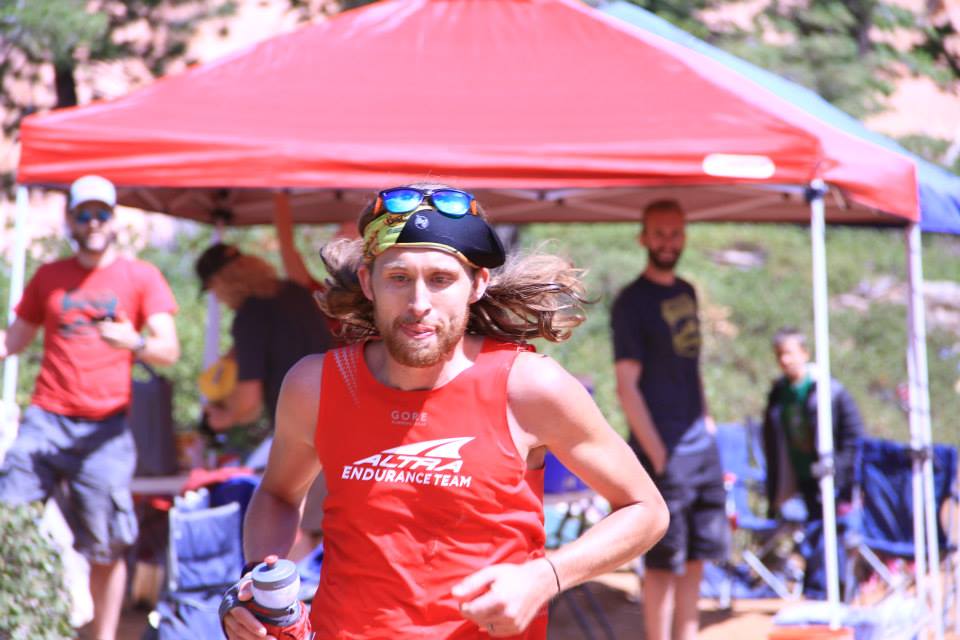Look around the internet and you’ll find any number of articles and blogs on how to pace yourself throughout an ultra marathon. All will tell you just about the same thing – start out slow and go slower. The problem with that philosophy is that it’s completely relative; ‘how slow is too slow?’ or ‘is comfortable too fast?’ A few articles will try and tell you to get all fancy and specifically wear a watch that will show your pace, and then tell you to drop your pace by a full one to two minutes per mile from your normal marathon pace. But that doesn’t seem to make a lot of sense in a trail race where your pace is impacted by the condition of the trail and vertical change you simply can’t follow the rigid pace set by a watch. There are impacting factors that racers need to understand and then know how to adapt to them to know how to pace properly throughout a race.
Pace Impacts
-
Adrenaline – When your nerves are up and the adrenaline is flowing, going out at a ‘slow’ pace becomes a whole different monster. People will say ‘go out nice and easy’, but with the blood pumping faster, ‘easy’ might be marathon pace or faster.
-
Downhill – In training we bomb the downhills because it’s fun. I’ve heard countless times the idea of “I’ll make up for time on the downhills” during a race. The problem with this thinking is that more often than not the racer will find their legs overly fatigued or their quads blown too early in the race.
-
Run Fast, Then Walk – A new way of racing for many is to push hard for a set amount of time and then walk for a shorter time. Continue this method throughout the race. The problem here is trail races often force walking because of hills and therefore throws off the timing.
Pace Strategy
Understanding when to push and when to hold back are critical to being able to improve race times without putting your race at risk. Here are three answers to the pace impacts listed above.
-
Adrenaline – I believe it is good to use adrenaline to your advantage, but you have to be careful. While your heart is pumping faster and your legs feel awesome, your breathing will always keep you honest. Pay attention to your breathing. If you can’t hold a normal conversation, you are going out too fast.
-
Downhill – Running fast down the early hills is not the key to making up time or padding some early minutes. If you want to bomb the downhills, do it late in a race. Hold way back on the early ones. Those minutes you lose holding back are easily made up later on when your legs are still fresh and you feel like you can push then.
-
Run Fast, Then Walk – I live by a pretty simple rule: “run when you can”. If you run whenever you have the opportunity and walk when it’s forced by steeper hills you will find that you shave considerable time off your race. Just pull back on the overall pace. We all know that pace where we ‘feel like we can run forever’. Get into that and hold it until the course forces you to walk. If it is a flatter course, then slow down even more and try to hold a running pace. It is not only faster than walking, but mentally helps you feel like you are getting done sooner. While you may have to slow to a walk a few times, it will be less often than you think.
These are just a few easy ways to change the way you race and shave minutes or even hours from your next race time. You may be surprised by how significant such subtle changes can be on the way you feel later in the race and the positive impact it has on your time.

















